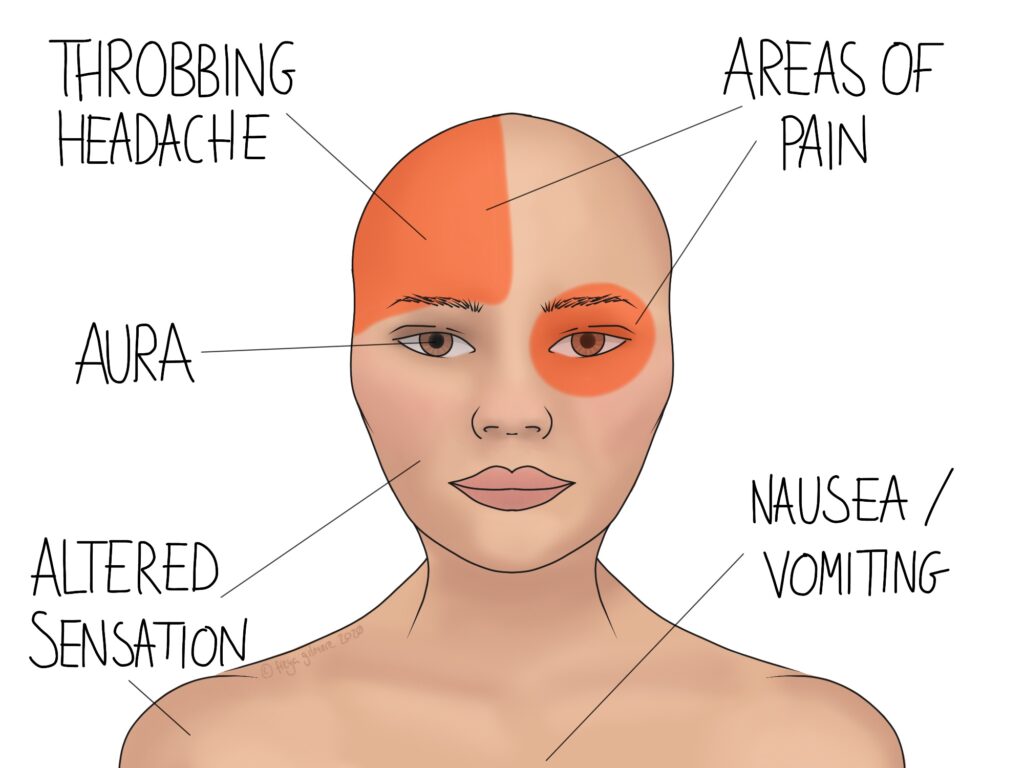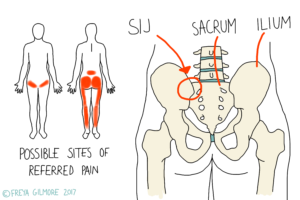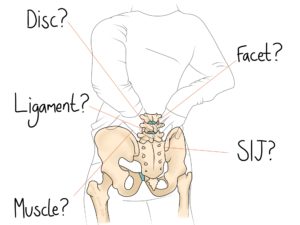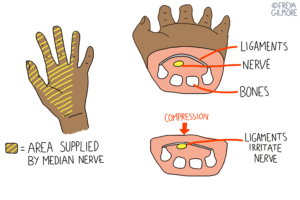Migraine is a specific condition- not just a bad headache. Migraines are one of the leading causes of working days lost to disability.
A migraine without aura is diagnosed when:
- A person has had at least 5 episodes of headaches lasting between 4 hours and 3 days
- The headache is one sided, throbbing, worse with exertion, or moderate to severe
- During the headache, the person experiences sensitivity to light or sound, or feels nauseous
A migraine may be accompanied by an aura, which may manifest as a visual disturbance, or affect another sense. Less commonly, movement could be affected, as could speech.

Progression of a Migraine
Everyone experiences slightly different symptoms, which can make diagnosis difficult. For people who suffer an aura, this may develop before any other symptoms. Typically a visual aura is described as a flashing zig zag in the centre of your vision, but it could be quite different. Some people are able to hold of further symptoms at this point, often by lying down in a dark and quiet room.
If the headache develops, it will typically stay on the same side for the whole duration. However, it may not occur on that side at every episode. The pain lasts between 4 and 72 hours and can usually be described as pulsatile.
Factors in Migraine Development
Unfortunately, migraines are still not fully understood. There may be neurological or vascular factors at play, alongside compensation from muscles. Some people also find that lack of sleep, certain foods, and stress bring them on. There seems to be a genetic link, and they may get worse at certain points in the menstrual cycle, or at menopause.
The current theory of migraine development primarily implicates nerves. Blood vessel involvement is considered a secondary effect. The suggestion is that people who suffer from migraines have increased excitability of some nerves. This predisposes them to attacks when other factors are also at play.
Preventative Treatment
During an episode, the best course of action may simply be to rest. But osteopathy is recognised as a preventative therapy. The nature of osteopathy leads us to treat the whole person, so indirect treatment of the nerves and vessels that may be involved is possible.
Although understanding of how migraines develop and how treatment helps is lacking, we do have evidence that osteopathy helps prevent migraines. Not only does it help, but it can be more effective than preventative medications. We also know that there is a link between migraines and the joints and muscles of the neck, so it makes sense that treating these areas can be beneficial.
Your osteopath can offer you advice and exercise to help maintain your progress between sessions.
Make an appointment online for preventative management of your migraines.




